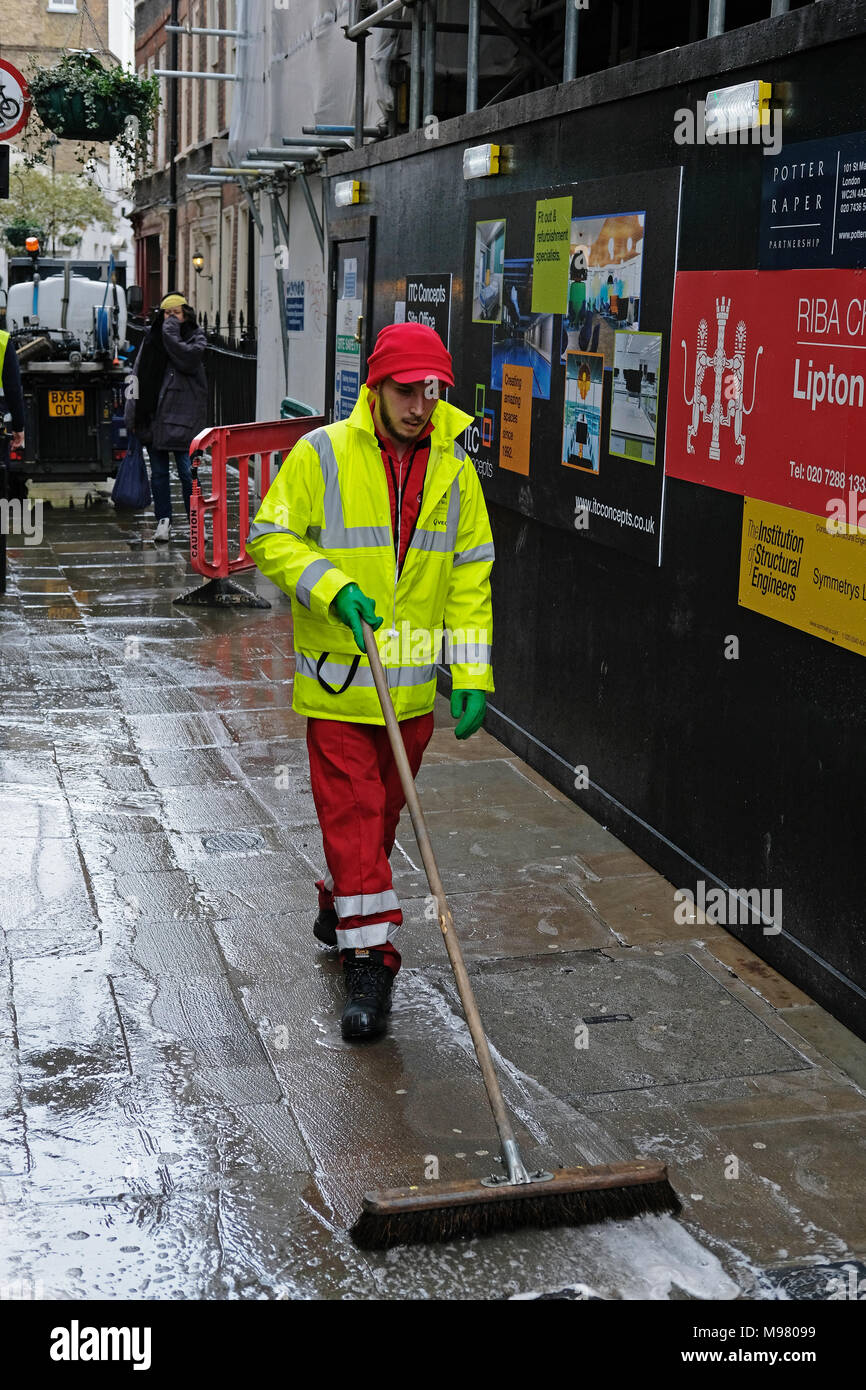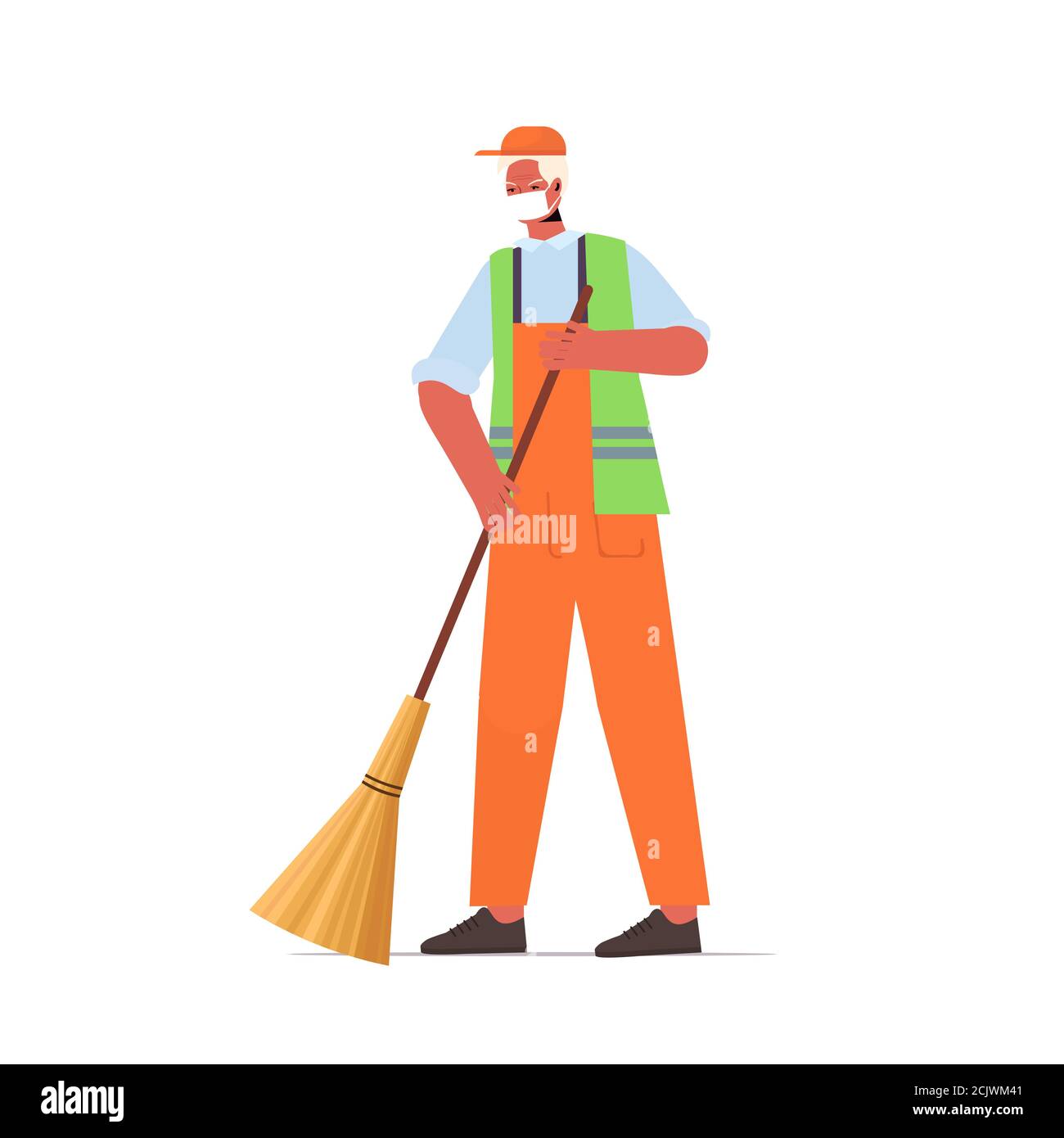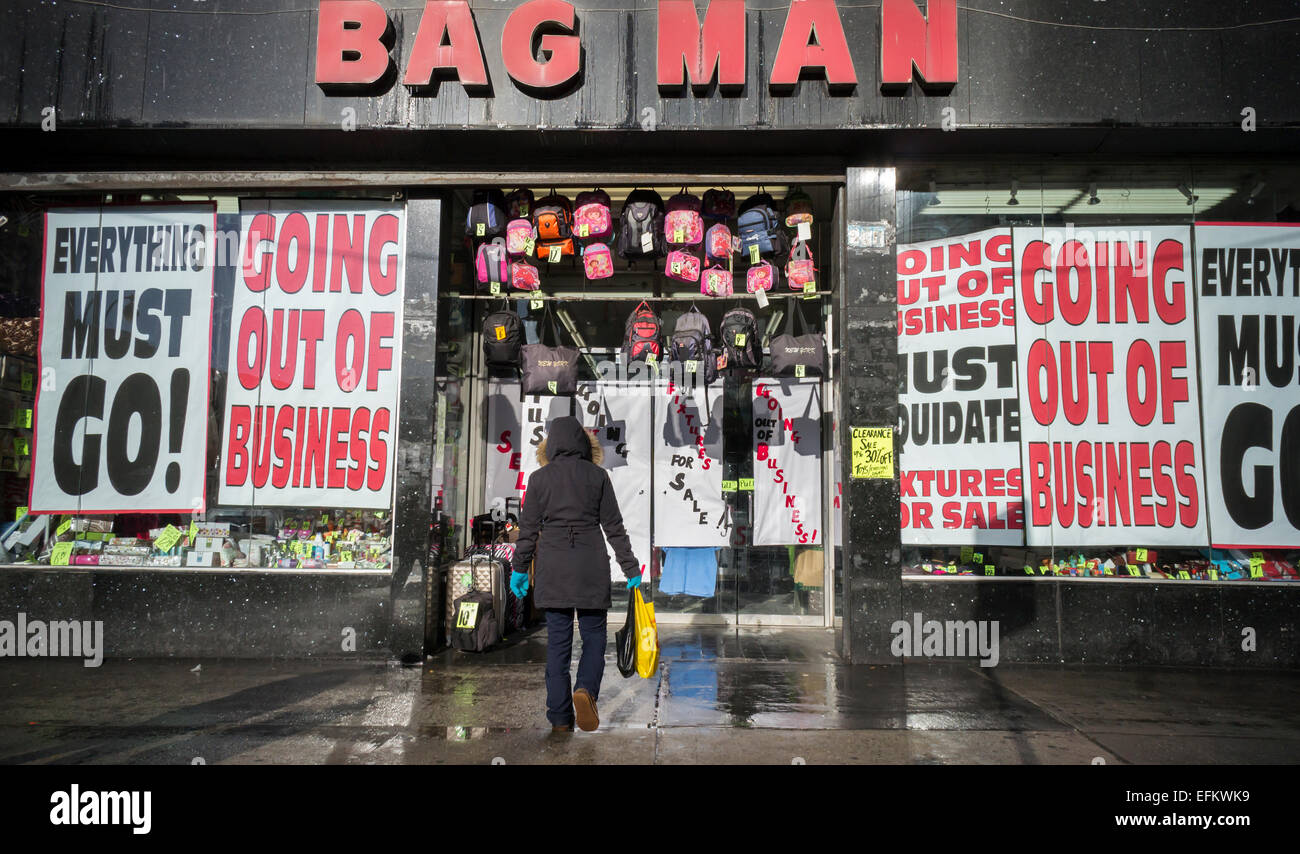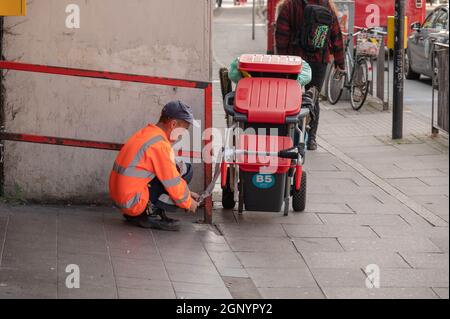


The unprecedented demand has hit supply chains, contributing to well-documented shortages of basic construction materials such as cement and plaster and eye-watering price hikes. Since the beginning of the Covid-19 pandemic, home improvement companies around the globe have reported record sales, leading to the observation that it's created "a generation of DIYers". We're used to hearing about gruesome incidents involving power tools and electricity – such as the 55-year-old who didn't notice he'd inadvertently embedded a nail in his skull until he started to feel sick – but there is also a silent, insidious risk of harm to our respiratory health.Īt the same time, hands-on renovations have never been more popular. There are set "safe limits" for exposure, and wearing space-suit style helmets is not unusual – if something goes wrong, irresponsible businesses can be sued.įor DIYers, on the other hand, the home is riddled with mysterious dangers that they may have neither the equipment nor the knowledge to deal with safely.

In developed countries, employers have a legal responsibility to provide adequate training and protective equipment for their workers. Of course, woodworking professionals are generally made aware of these risks.

In fact, furniture makers have a 500-fold excess risk of developing the latter. It's a proven culprit of asthma, allergic rhinitis, chronic bronchitis, lung cancer, and nasal cancer. In the US, wood dust is now classified as a Group 1 carcinogen, a substance known to cause cancer in humans. Though wood is generally an innocuous natural substance, something we have evolved alongside for millennia – the oldest wooden shelter is thought to have been built 500,000 years ago – when you turn it into a fine powder, the situation is very different. Hold on, I wondered… why would anyone go to such lengths to protect themselves from wood?Īs it happens, the answer is more than a little alarming. The headgear resembled something you'd wear to check on a patient with a highly contagious disease, or to visit another planet.
#Alamy stock photo man sweeping up street new york full
It consisted of a full helmet with a visor, sealed at the neck, and a filter unit that's attached to a belt at the waist. Then one day, I came across a product online that I found, frankly, baffling: a protective suit for cutting wood. It wasn't uncommon for the whole flat to be coated in a fine sheen of wood dust. I cut worktops to size, adapted kitchen cabinets, sliced up wooden flooring, and fitted new doors. Even the estate agent had struggled to put a positive spin on its interior design.Īrmed with a circular saw and an enthusiasm for DIY wildly out of step with my natural talent, I immediately set to work eradicating the "vintage" vibe. The bathroom still contained relics of brown and yellow floral wallpaper, and the maroon carpet had long been trodden into a crusty mat. It was 2018 and I had just moved into my first home, a one-bed flat which hadn't been renovated since it was built in the 1960s. It started – as unpleasant revelations often do – with a late-night thought and some frantic googling.


 0 kommentar(er)
0 kommentar(er)
